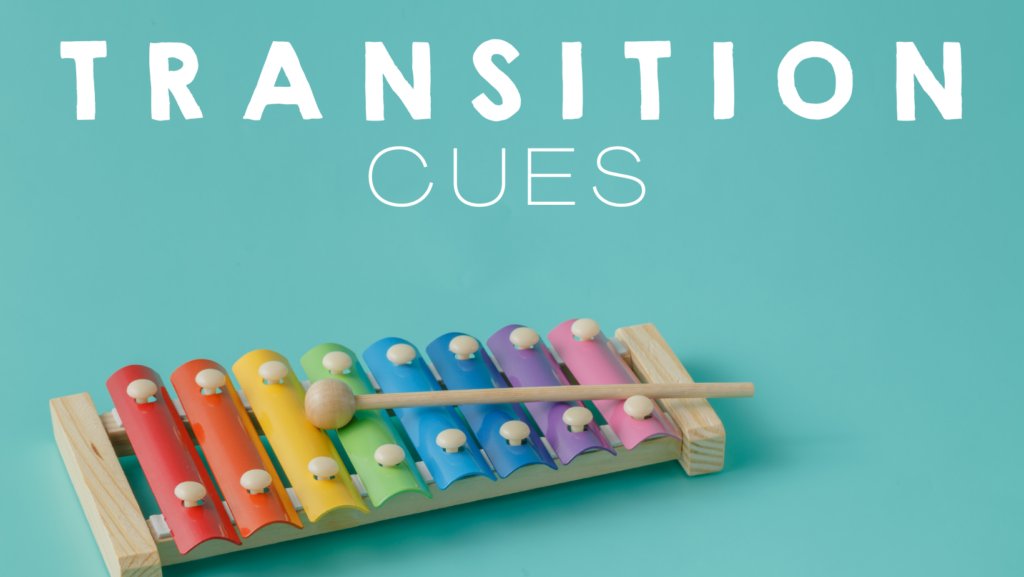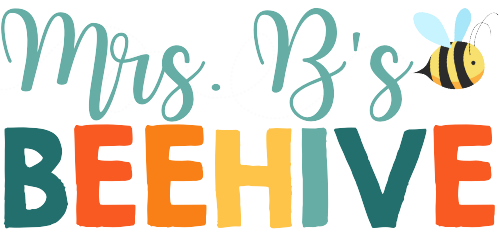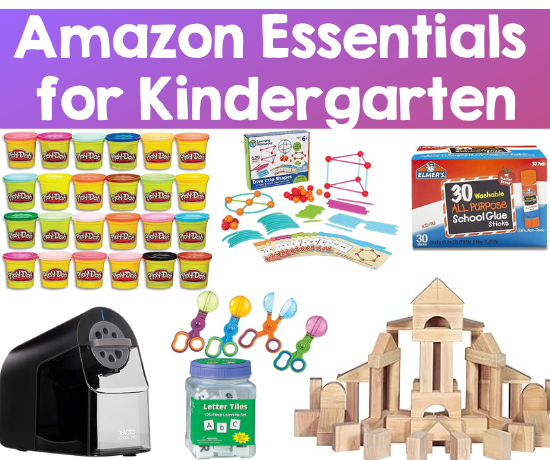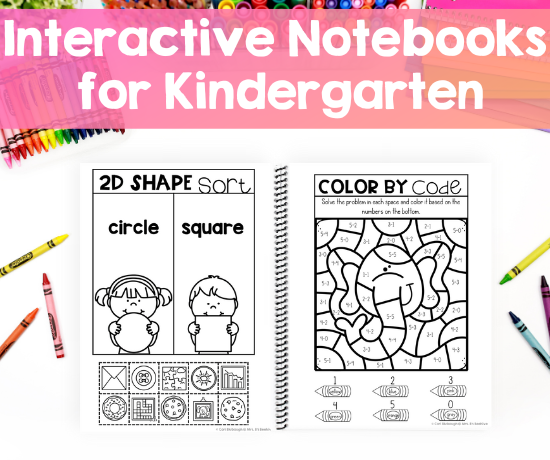Transition time is something that every teacher struggles with at some point in their career. I want to show you some simple strategies to improve transition time in your classroom. These tips will help minimize stress and maximize learning time!
Before we dive into transitions, I want to encourage you to stay on track with your schedule. When I first started teaching I would constantly extend work time to make sure everyone was finished. I was forever behind in my schedule because of this.
Once I started sticking to my schedule things got a lot smoother. The students learned they only had a certain amount of time to finish an assignment and they got it done.
Systems to Have in Place
Before you can have smooth transitions in place with your students, you need to take a step back and consider how you want to handle these procedures:

- Where will work go when it is completed.
- What to do with work that doesn’t get completed in the given time period.
- Student activities for early finishers
- Student supplies – where are they located and what kind of access do students have
- Voice levels that you feel comfortale with
- What kind of signaling cue you want to use to get students attention
- Group or individual supplies
- Special transitions – going to recess/lunch, special classes, end of day routines, etc.
If my students didn’t finish their work on time I put a “need to be completed” stamp on their paper and they put it in their take-home folder. I explained this procedure during parent night so that we were all on the same page that this work needed to be completed at home and turned in.
Many students will have difficulty finishing work in time at the beginning of the school year. If you stick to the schedule though, it usually only takes a couple of weeks for them to get used to the pace of the classroom schedule.
If a student constantly struggles with finishing work on time I look into making a more in-depth plan for them (partnering with their parents) to help them with their time management skills.
Transition Cues

There are many different things that you can use as signaling cues to begin a transition. Here are some examples of ones I’ve used in the past:
- Bell
- Music
- Chant
- Intrument
- Doorbell
Choose something that won’t drive you crazy after hearing it for the 2,578th time. I prefer to use non-verbal cues. I used a bell for a long time, and then I got on the doorbell craze and really liked using that!
The students would hear the chime, and immediately start cleaning up. I would give them about 2 minutes and then say: “I need you at the rug in 10, 9, 8, 7…” and they would quickly come to the rug and we would begin our next lesson.
Setting Up Expectations
This obviously doesn’t happen overnight. In the first month of school, you have to teach them all of the small procedures that will make your classroom run smoothly.

I’m not going to pretend like I have the best systems out there, but over the years these are some things that have worked for me.
- Turning in papers – I have a set of colored boxes. They used to match table colors, but when I moved to flexible seating, we got new tables. Now, students just turn papers into one of the boxes. The person who turns it in first chooses the color and the other students just follow suit. It’s simple but it’s worked well for me. I know some teachers have drawers and you file the papers by subject.
- Tidy Tubs – I started using these and love them! I got some Dollar Tree bins and used my Silhouette to put the Tidy Tubs lettering on the sides. Students put these in the middle of the table for trash, and when the bell rings all they have to do is dump out the tidy tub trash in the larger trash and then return it to the table.
- Pencils – I try to always have plenty of sharpened pencils. When a pencil breaks, students just put it in the broken tin and grab one from the sharpened tin. When I have extra time I sharpen the broken ones with the best pencil sharpener ever. I also have glue sponges readily available for the students to use as well. Each student has their own pencil box that they use for the majority of their work.
During Instruction
After you finish your whole group lesson, let students know what they will be working on individually. What supplies they will need and how long they have to complete the assignment. A behavior management system like CHAMPS can help you to communicate your expectations.
During the first month, circulate the room and praise students who are following the correct routines. Consistent praise and guidance in the first month will lead to SO MUCH independence later on!
When you call students back to the rug continue to praise their procedure rule-following and add classroom points to your behavior system to encourage them.
Trouble Shooting Transition Time
Sometimes you need to just stand back and observe tranistion time to see if you can make any improvements. When I first started teaching I only had one classroom trashcan. There were always problems in that area during transition time until I was like Duh Cori! Go to IKEA and buy some more trashcans!
You might need to have more pencils sharpened, more glue tubs prepped, or limited access to other supplies to make things run smoother.
Sometimes you just need to change the location of a trashcan, or the pencil cup away from an easily distracted student or have pencils available in 2 different areas. It’s easy to underestimate the impact that small little tweaks like that can make on the flow of your classroom.
What tips and tricks have you learned over the years to help your transition time run smoothly? Comment below!





